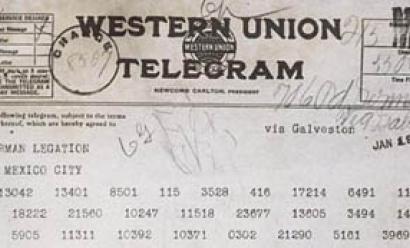

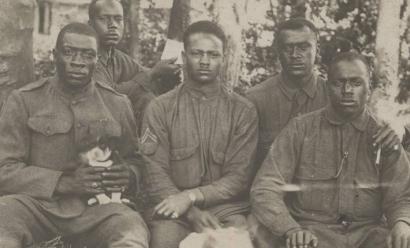
Downloadable Lesson Plan
They Came to Fight: African American Experience in World War I
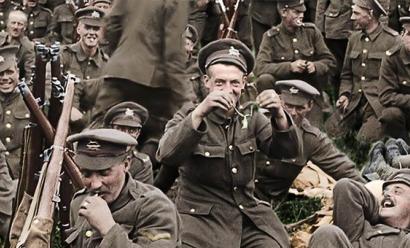
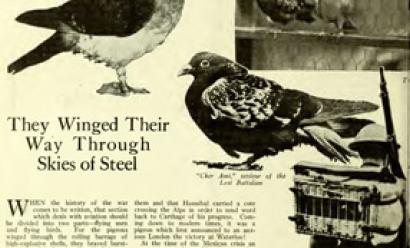
Primary Source Documents
From The American Legion Weekly - August 29, 1919: They Winged Their Way Through Skies of Steel
American Legion

Downloadable Lesson Plan and Presentation
Thinking Like a Historian: Artifacts and Trench Tales

Online Exhibition, Downloadable Lesson Plan
The Makin’s of a Nation: Tobacco & World War I
The University of Alabama College of Health Sciences
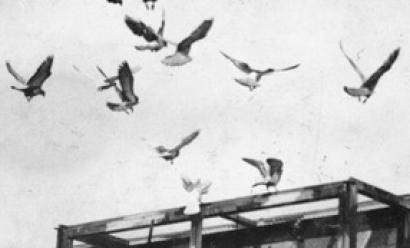

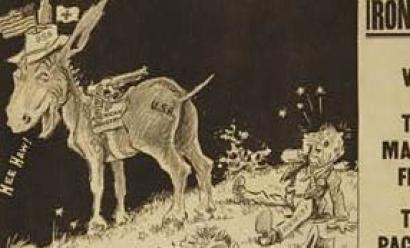
Classroom Materials
What caused the United States to enter World War I?
Stanford History Education Group
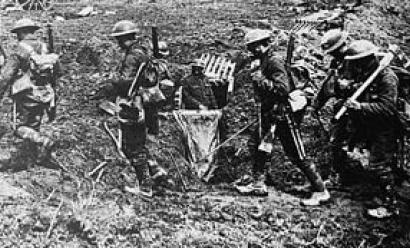


Virtual Tour, Exhibition
An Immersive Tour: Trenches of World War I
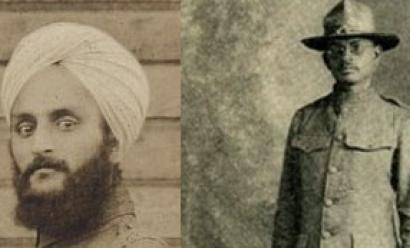

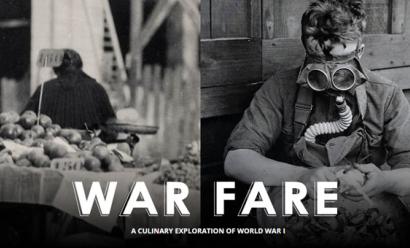
Online Exhibition
War Fare: A Culinary Exploration of World War I
Pagination
- First page
- Previous page
- …
- 15
- 16
- 17
- 18
- 19
- …
- Next page
- Last page
